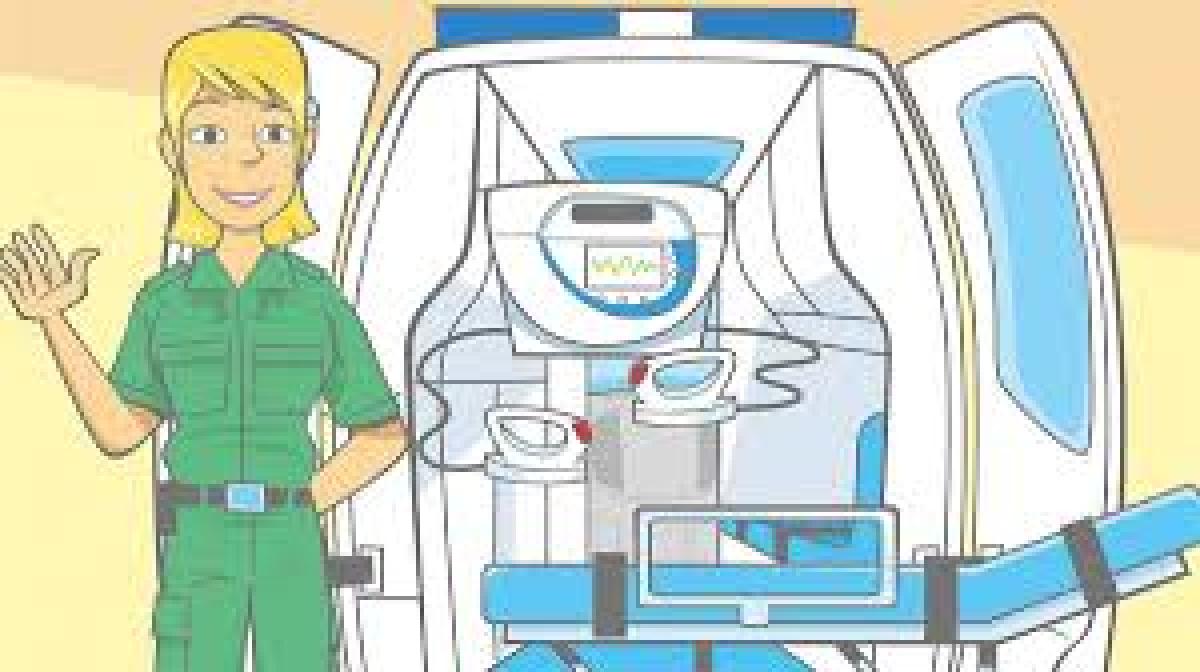An ambulance is a vehicle for transportation of sick or injured people to, from or between places of treatment for an illness or injury, and in some instances will also provide out of hospital medical care to the patient
Ambulances have been around for many years. Hundreds of years ago, horse and carts were used to transport patients. The first known record of a proper ambulance for emergency transport was by the Spanish in 1487. And by the 20th Century, we had the modern self-powered ambulances.
Ambulances can be grouped into types depending on whether or not they transport patients, and under what conditions. In some cases, ambulances may fulfil more than one function (such as combining emergency ambulance care with patient transport):
- Emergency ambulance – the most common type of ambulance which provide care to patients with an acute illness or injury. These can be road-going vans, boats, helicopters or even converted vehicles such as golf carts.
- Patient transport ambulance – a vehicle to transport patients to, from or between places of medical treatment.
- Response unit –a vehicle to reach an acutely ill patient quickly and provide on scene care, but lacks the capacity to transport the patient from the scene. Response units may be backed up by an emergency ambulance which can transport the patient, or may deal with the problem on scene, with no requirement for a transport ambulance. These can be a wide variety of vehicles, from standard cars to modified vans, motorcycles, pedal cycles, quad bikes or horses.
What’s inside an ambulance?
The inside of the ambulance is like a moving emergency room in a hospital – oxygen, a heart defibrillator, heart monitor and many of the drugs used in an A&E are kept on board the ambulance.
Things to look out for in and around the ambulance:
- Blue siren lights
- Stretcher
- Defribilator
- First aid box
- Oxygen tanks
- Masks
- Bandages
- Fire extinguisher
.
> Visit Professor Hallux’s Map of Medicine homepage
Images courtesy of the Wellcome Trust
Professor Hallux’s Map of Medicine
Find out how to navigate Professor Hallux's Map of Medicine
More From Professor Hallux’s Map of Medicine



